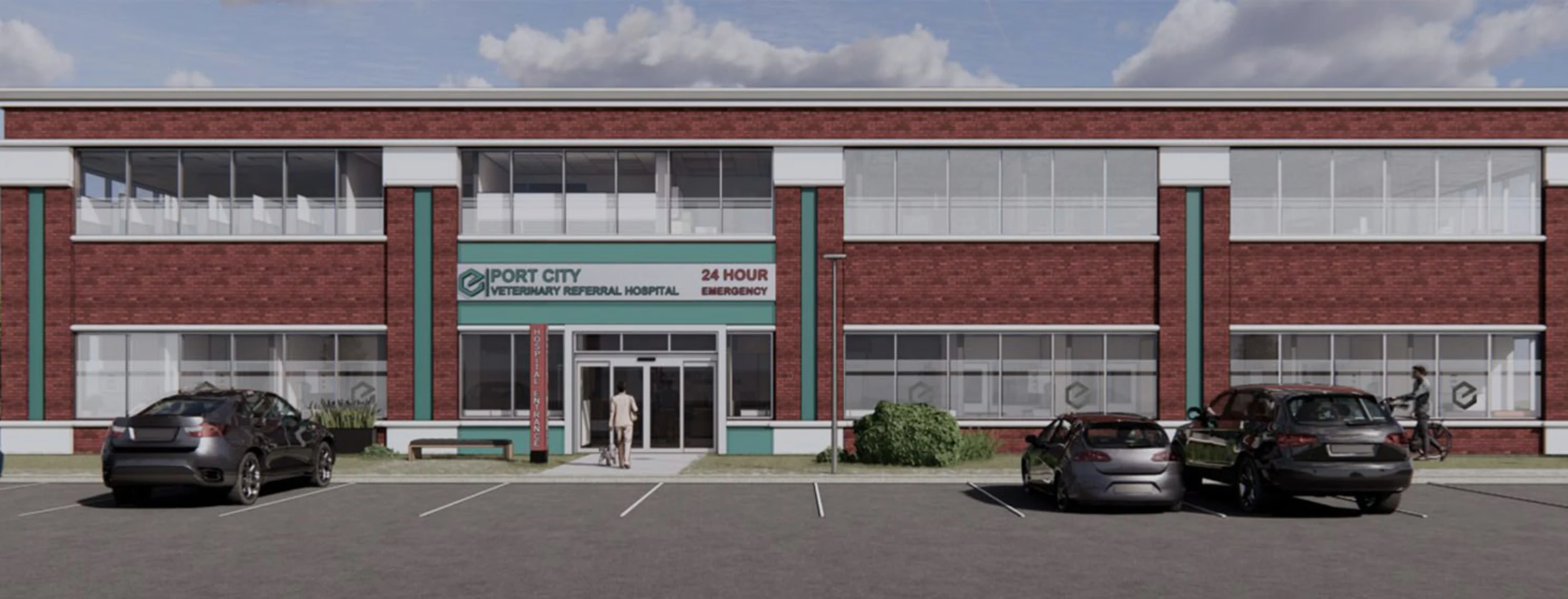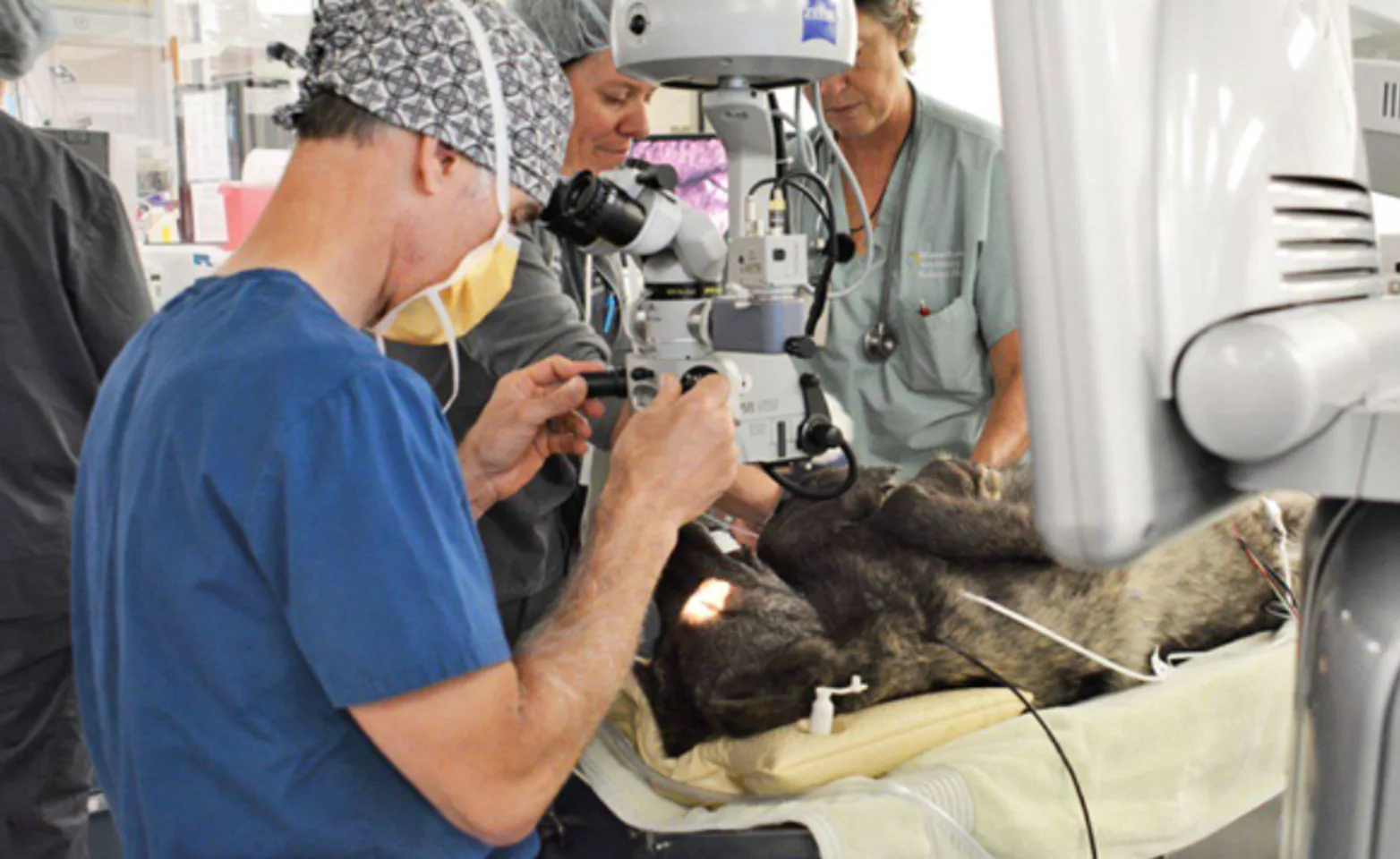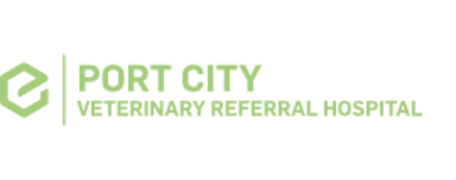Port City Veterinary Referral Hospital




Highlights of Diagnostic and Therapeutic Options
Please contact us if you are seeking a service or treatment not listed here.
Cataract Surgery, Corneal Transplants. CT, Digital Radiography, Echocardiogram and electrocardiogram (ECG), Transfusion Medicine, Ultrasound (Abdomen, Cardiac, Ocular, Thoracic, Musculoskeletal), Video Scoping (Cystoscopy, Endoscopy, Rhinoscopy, and more).





